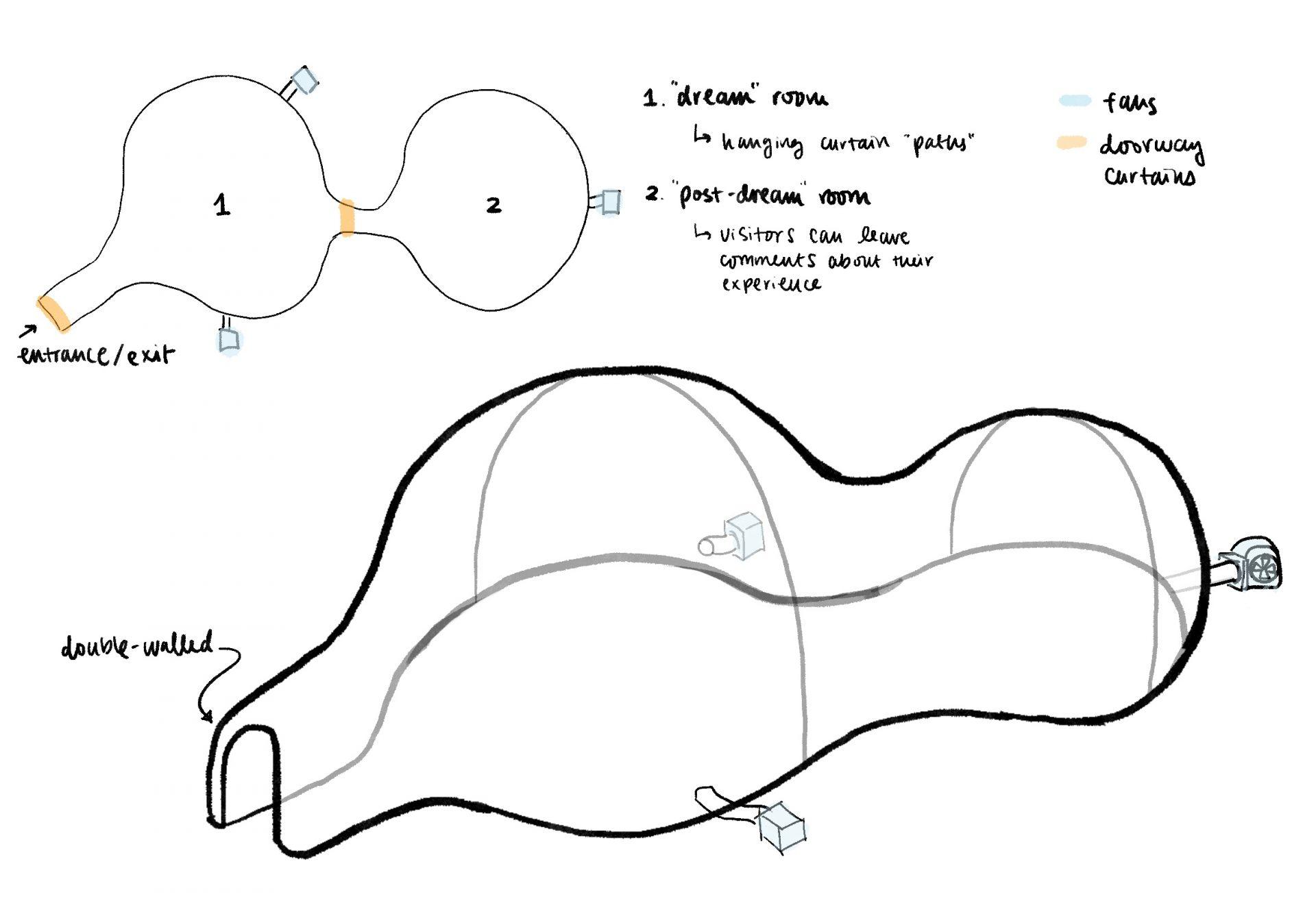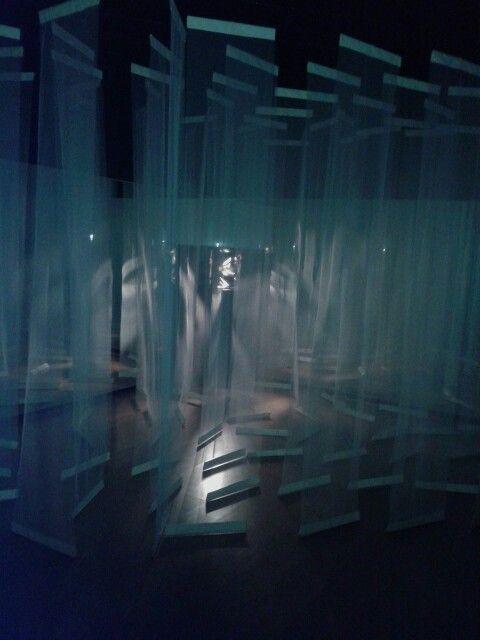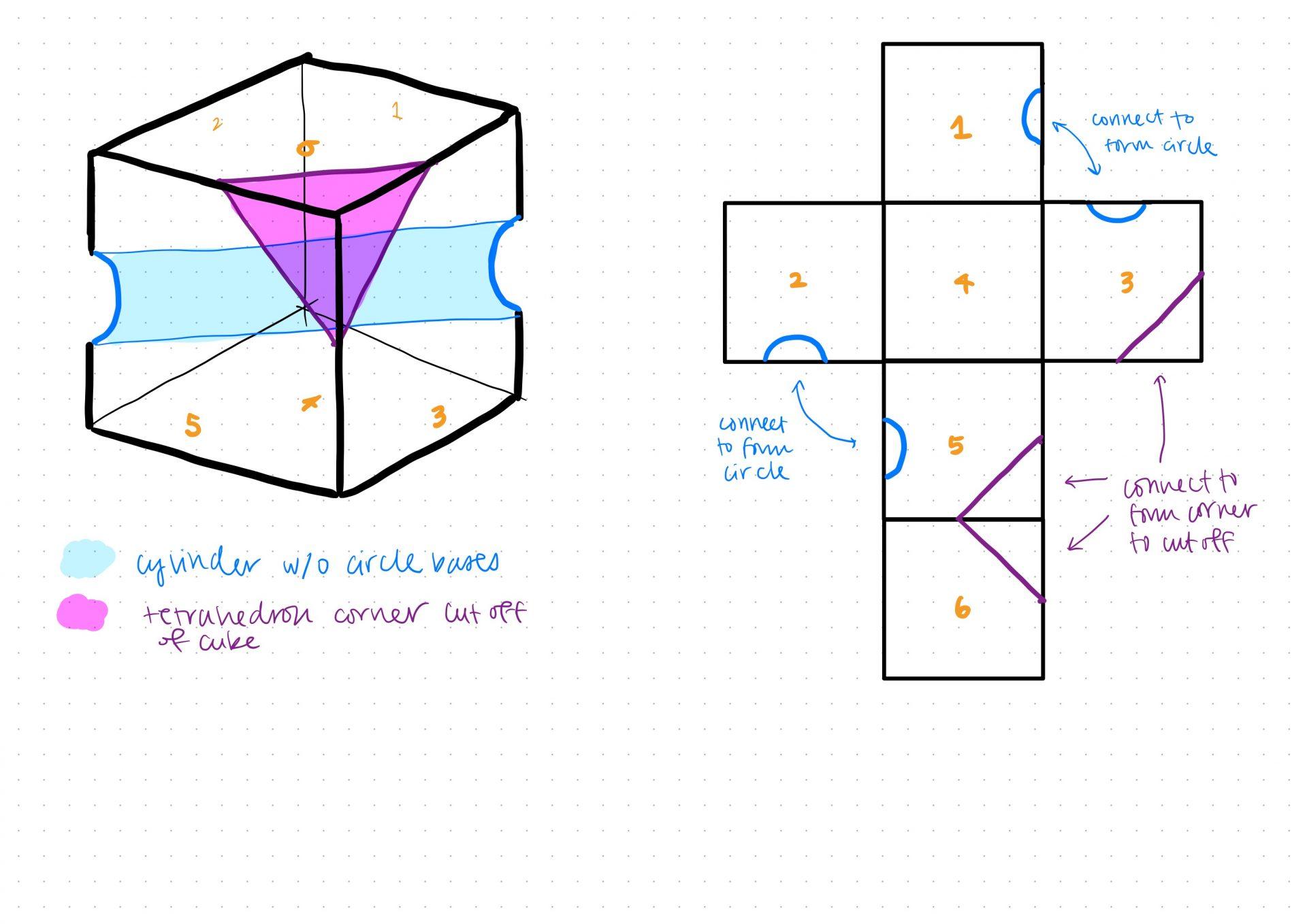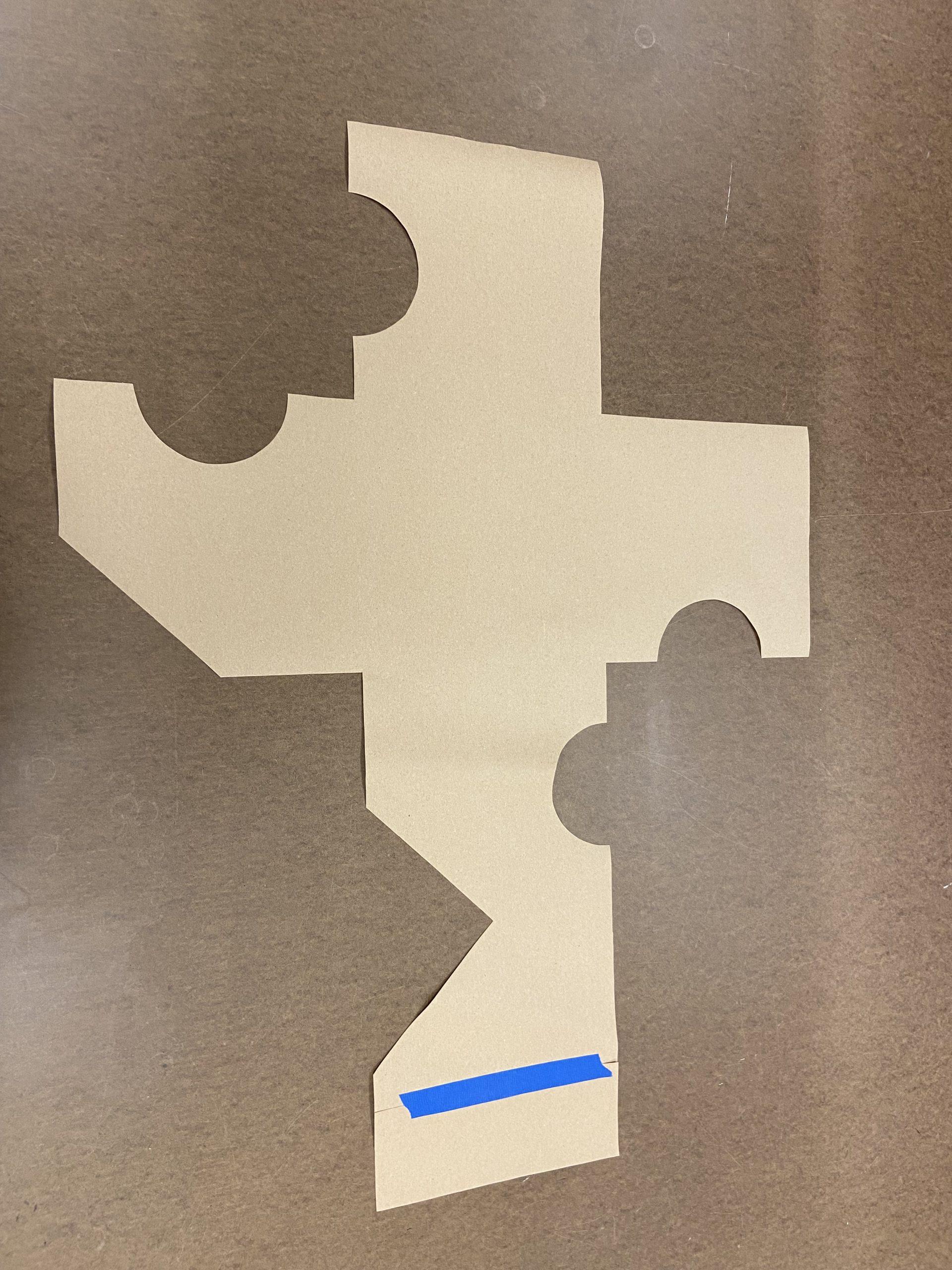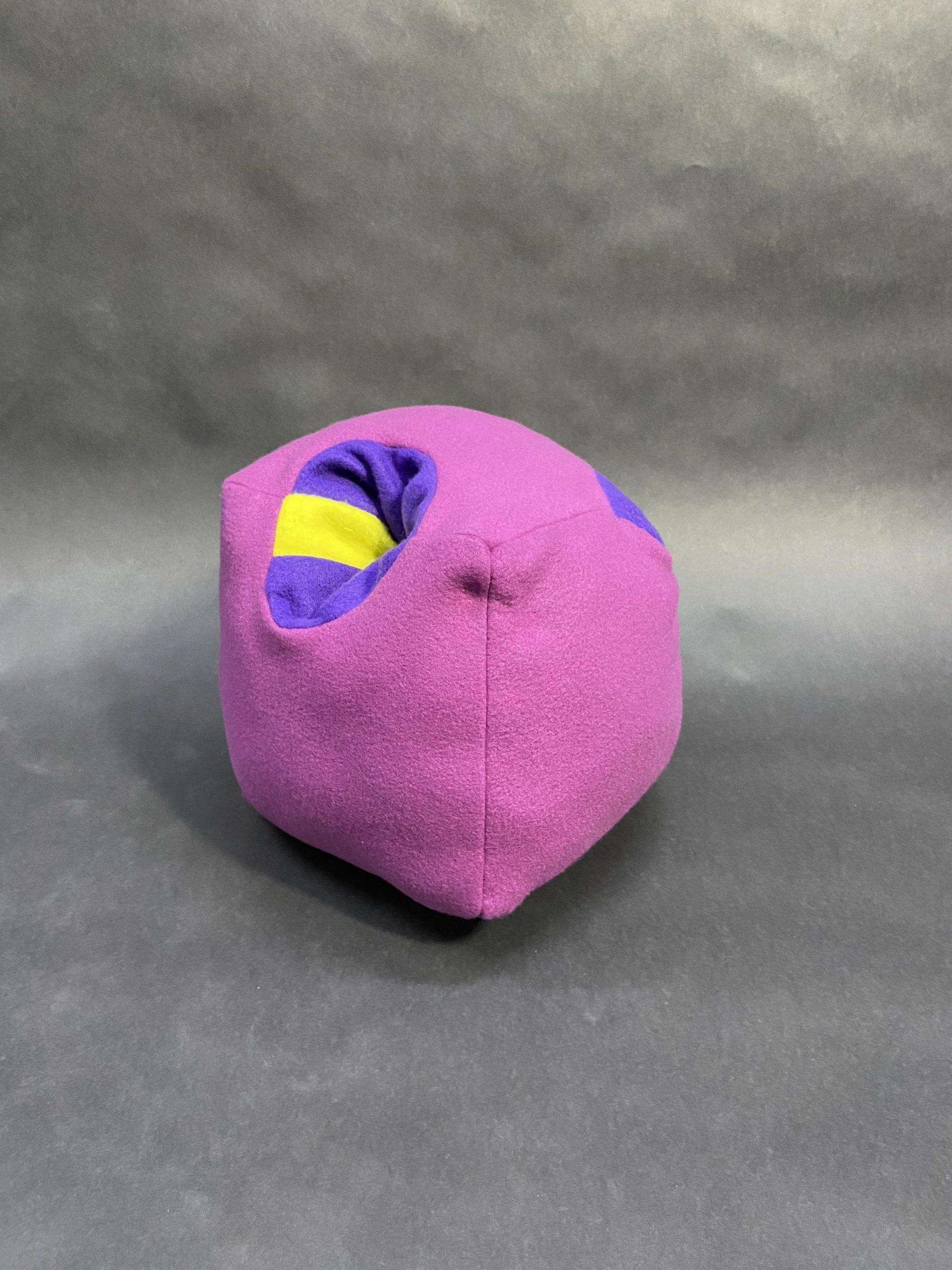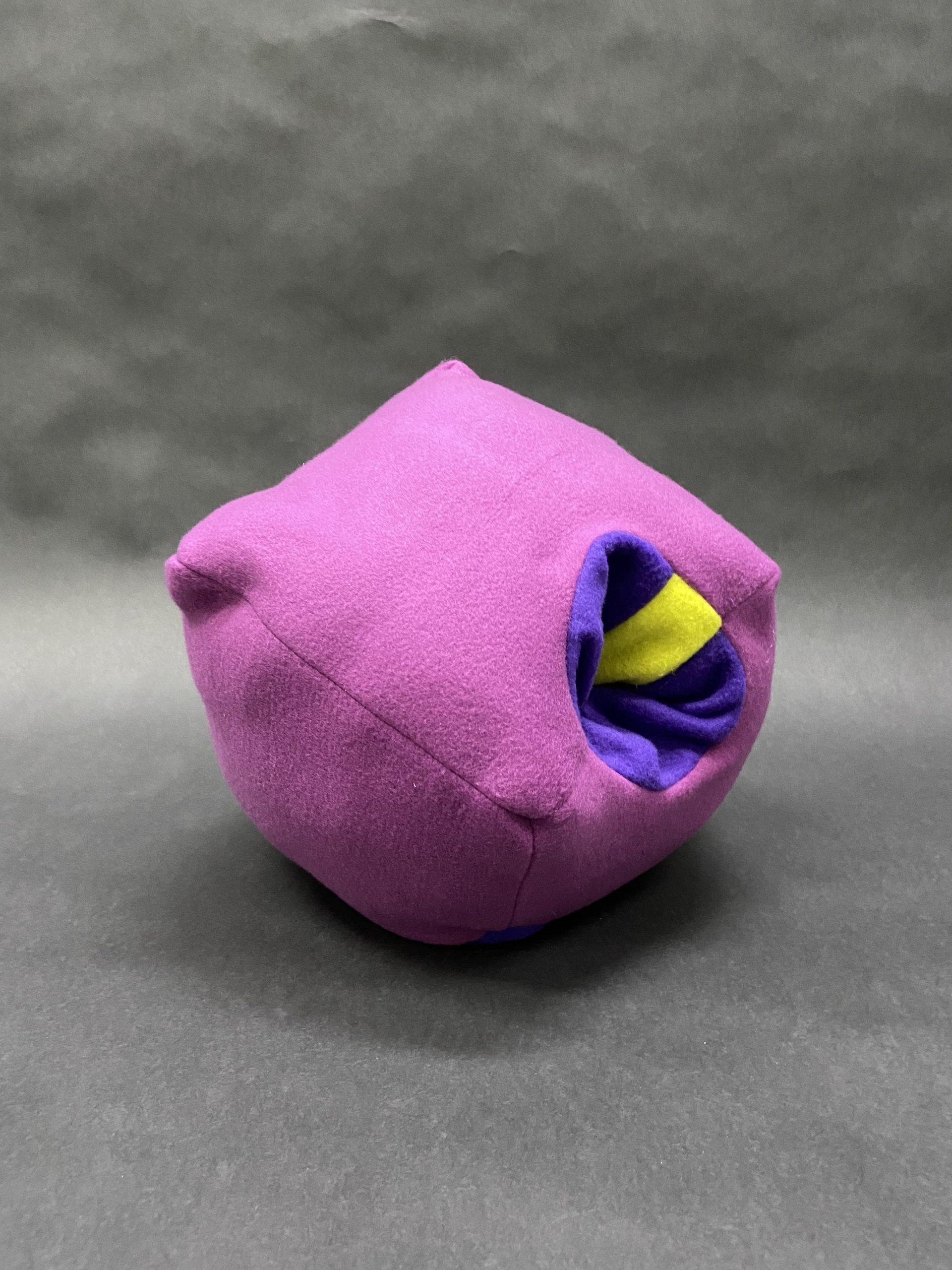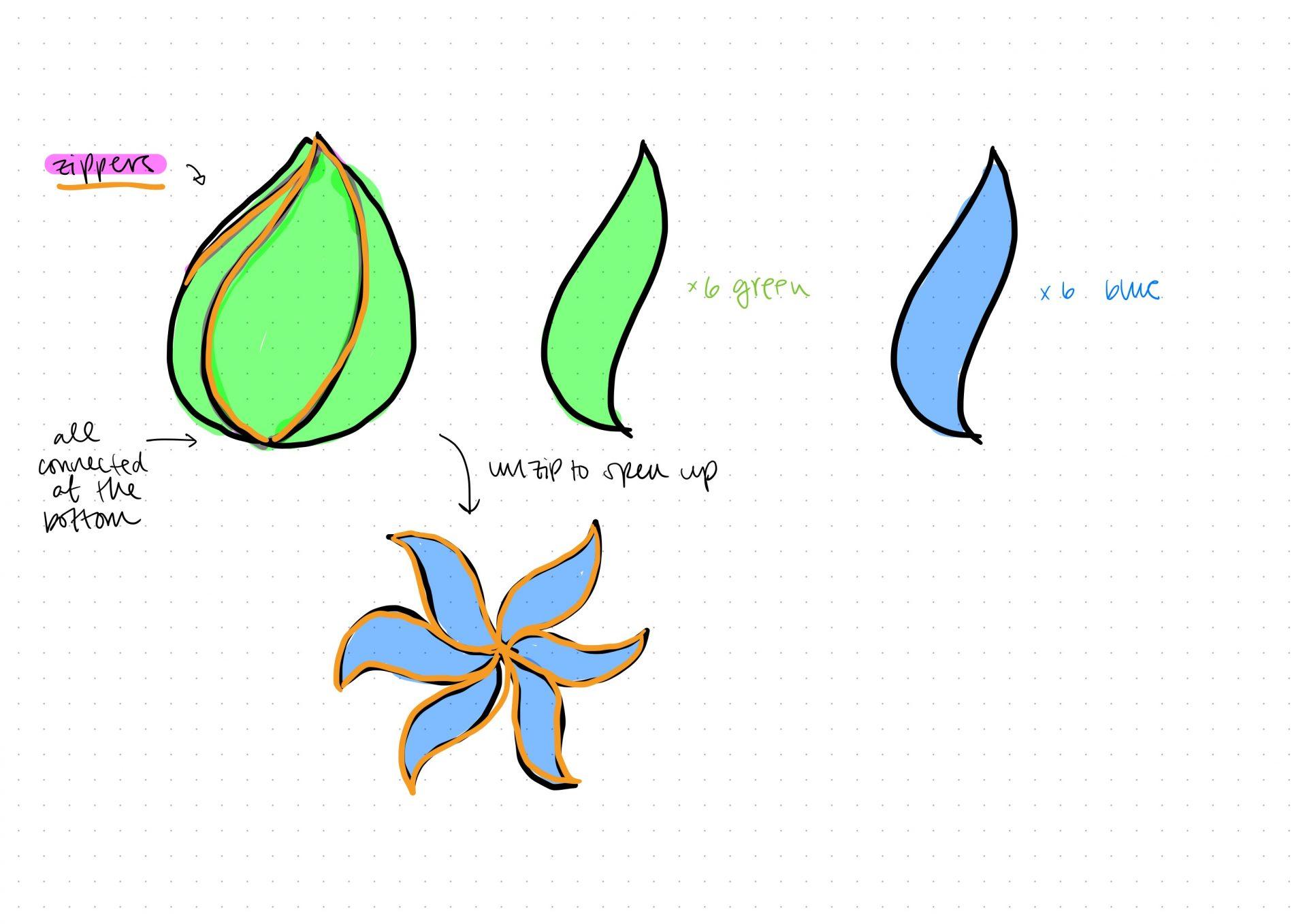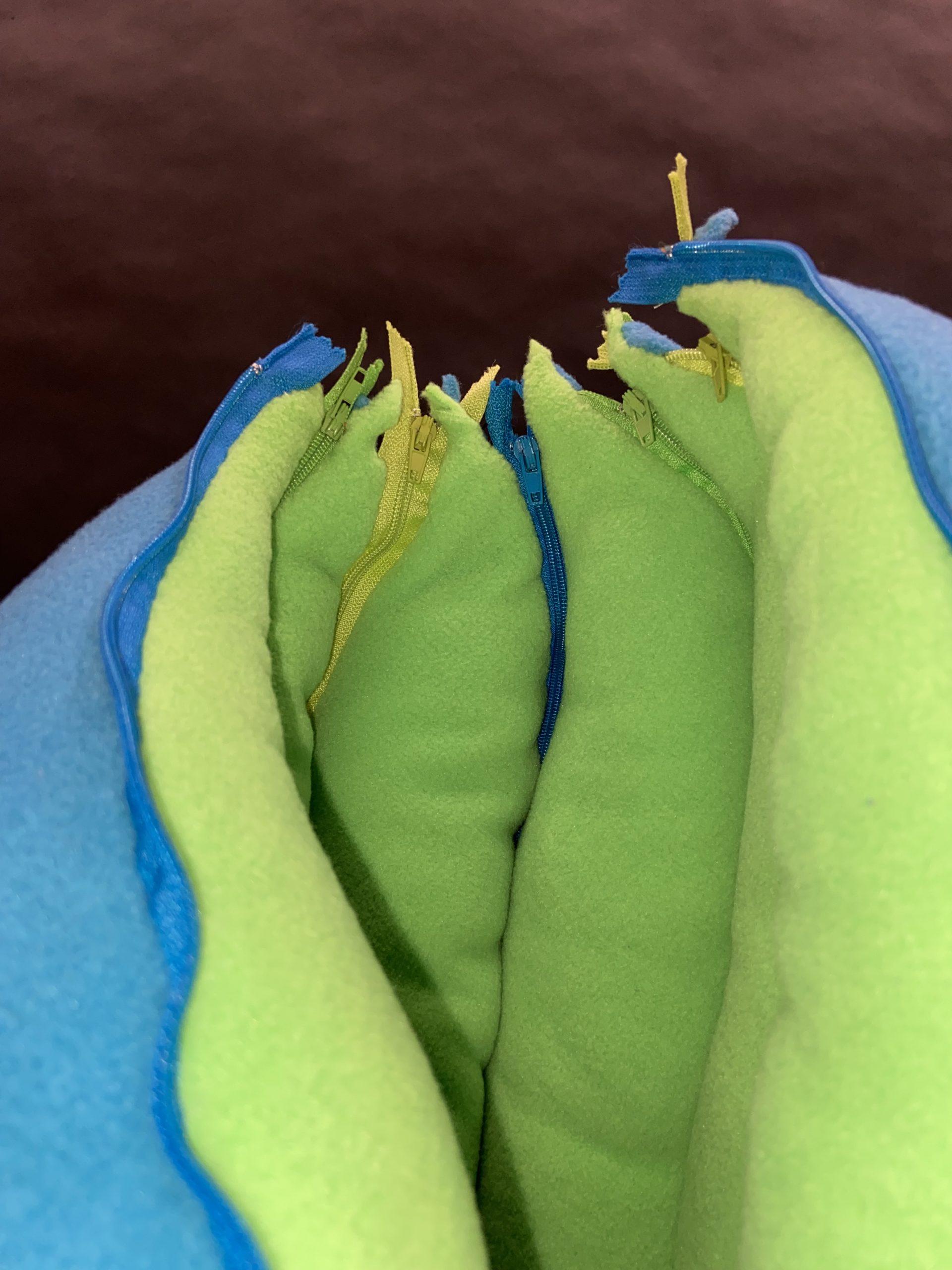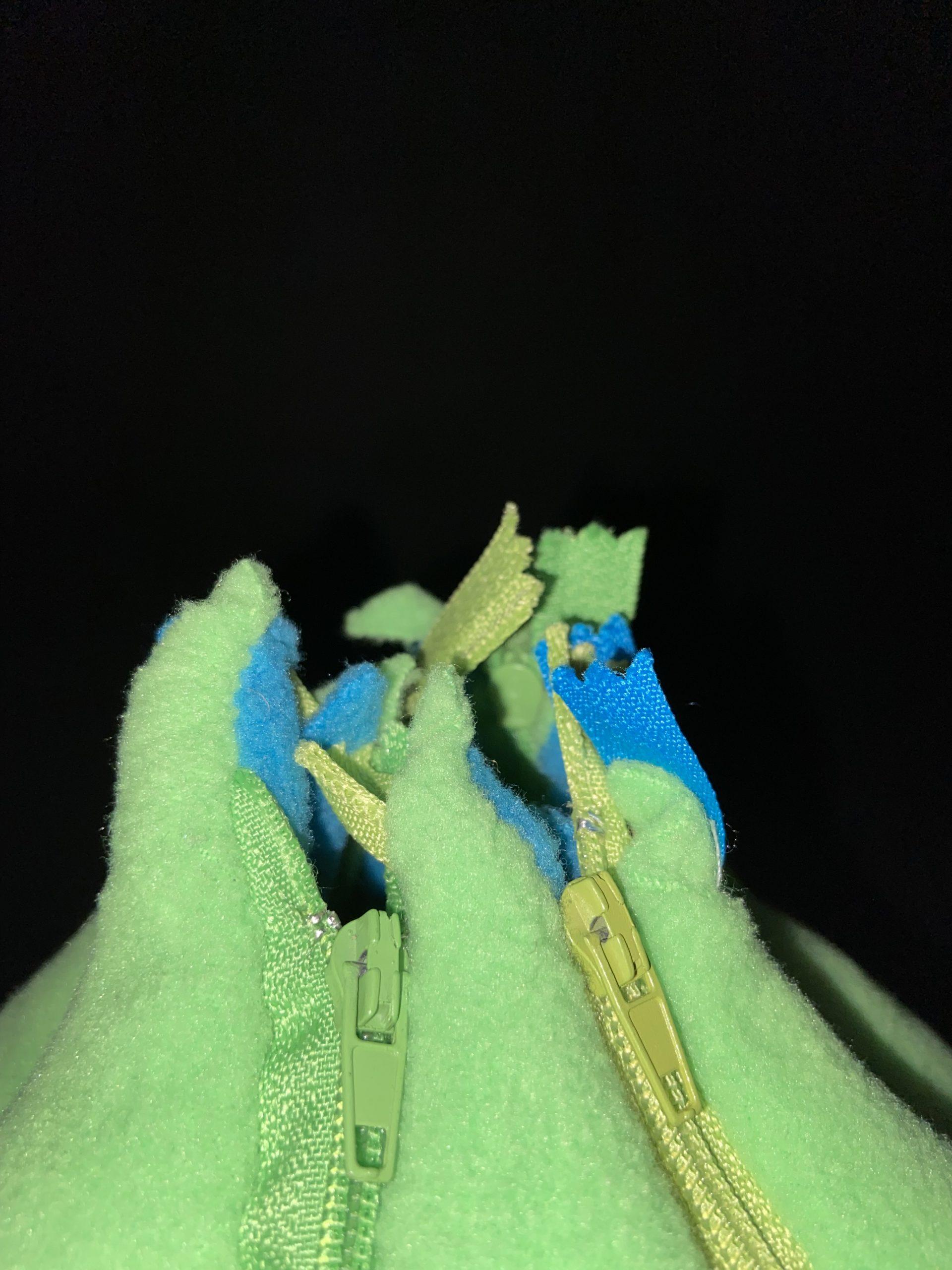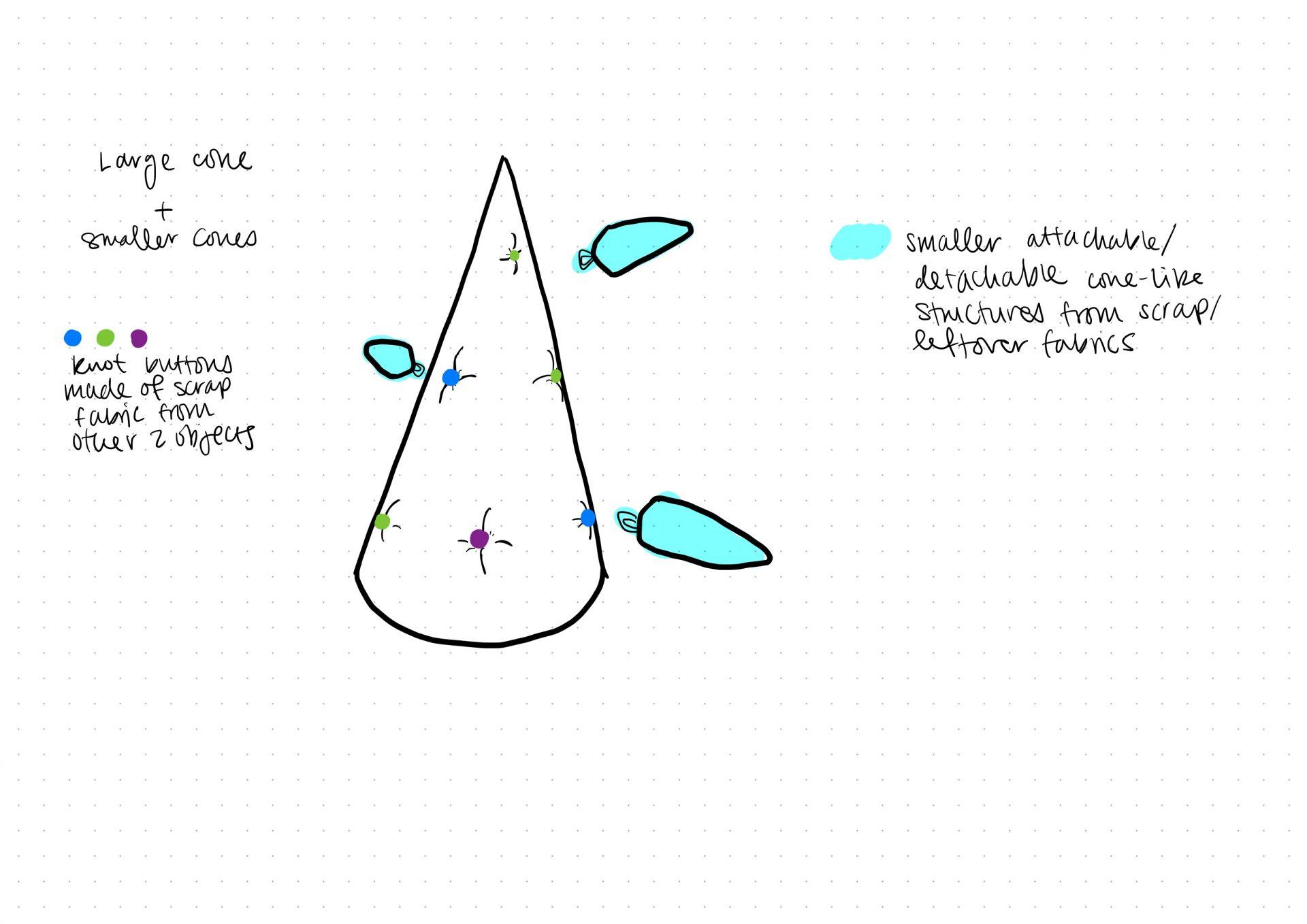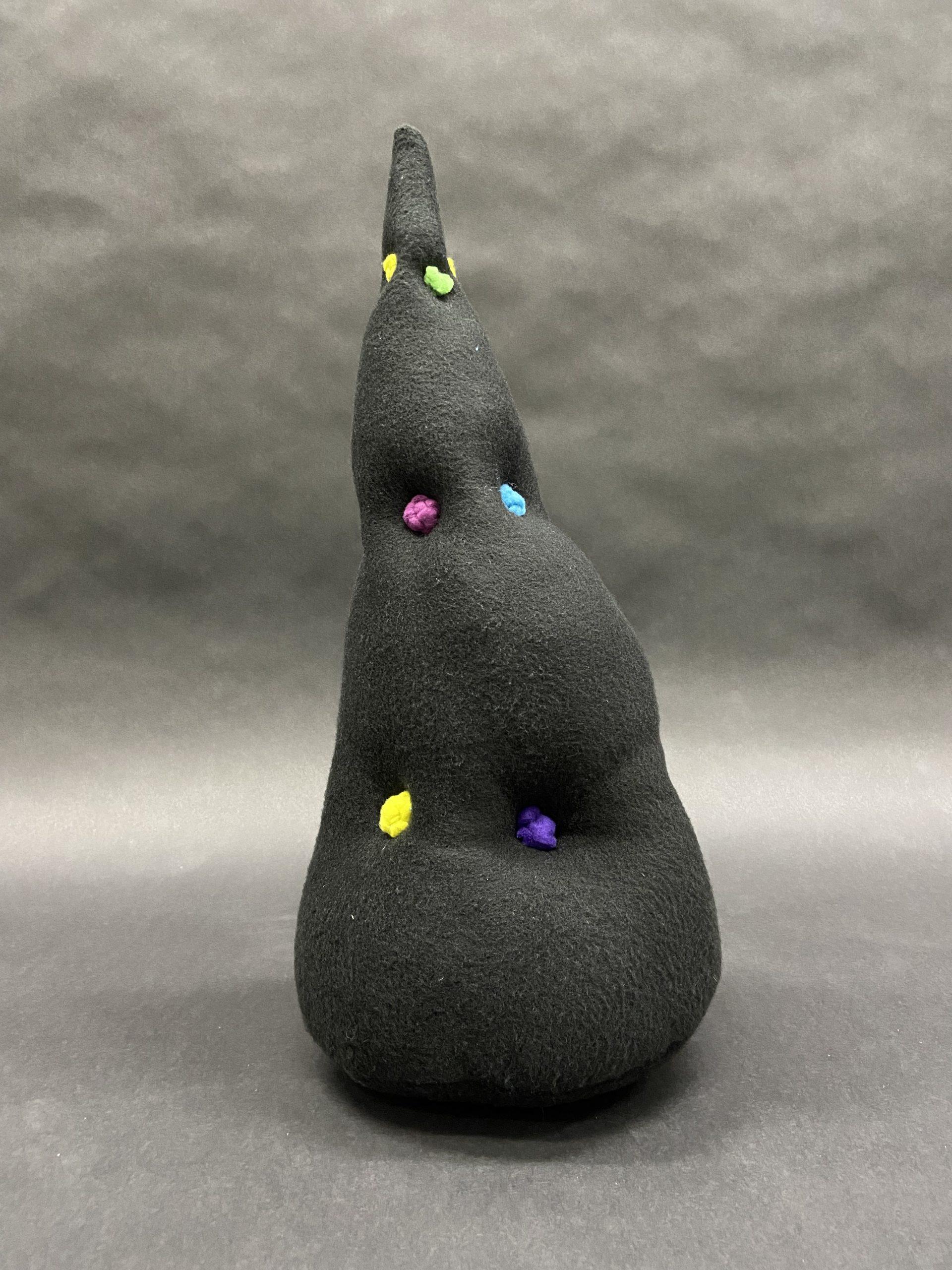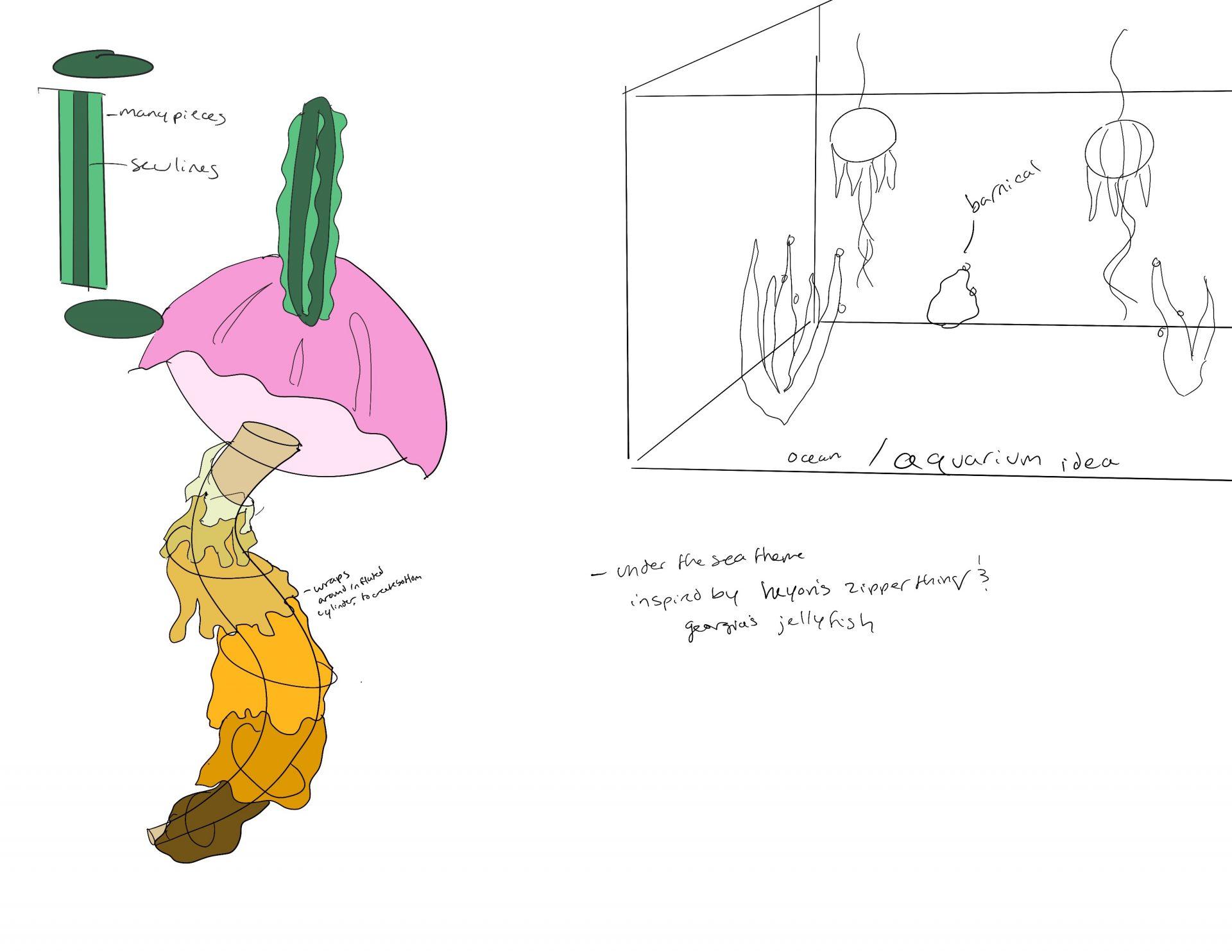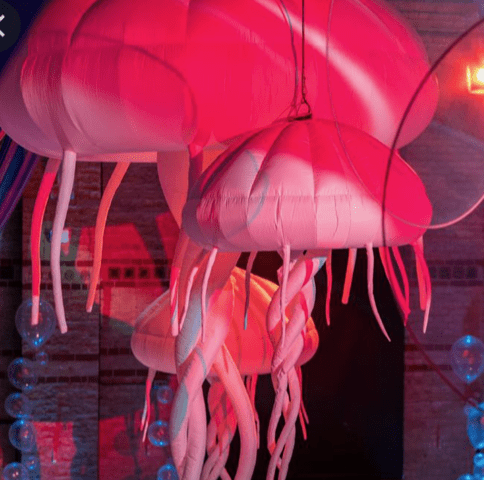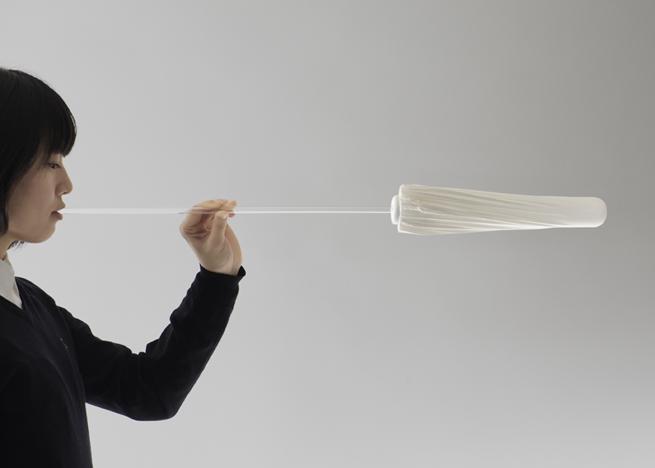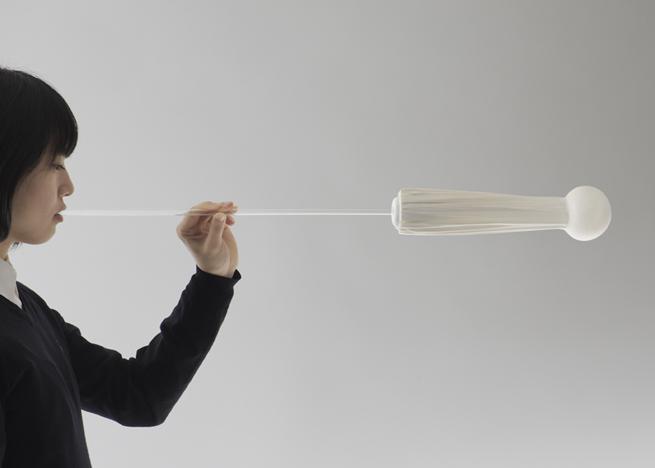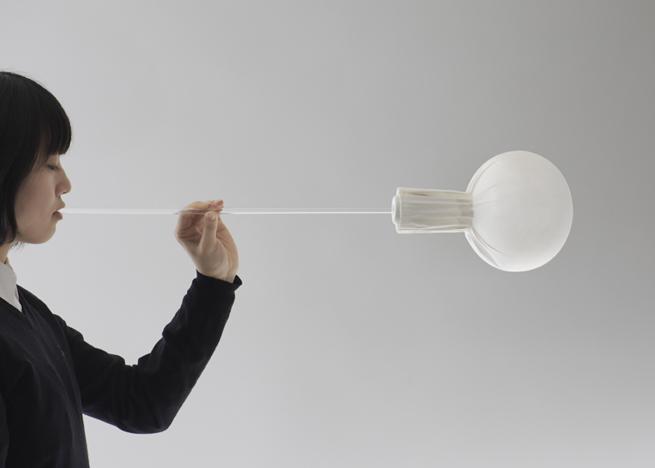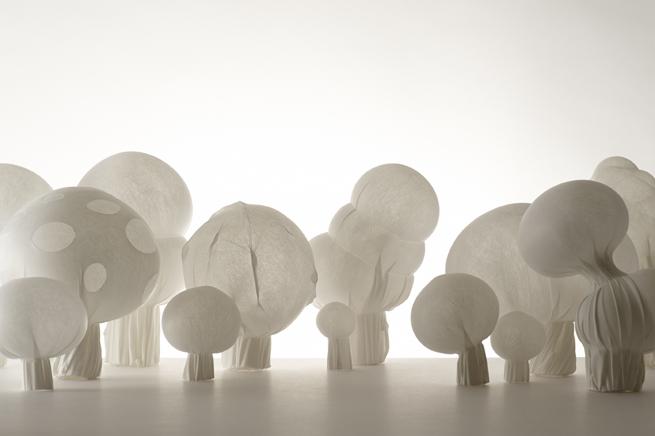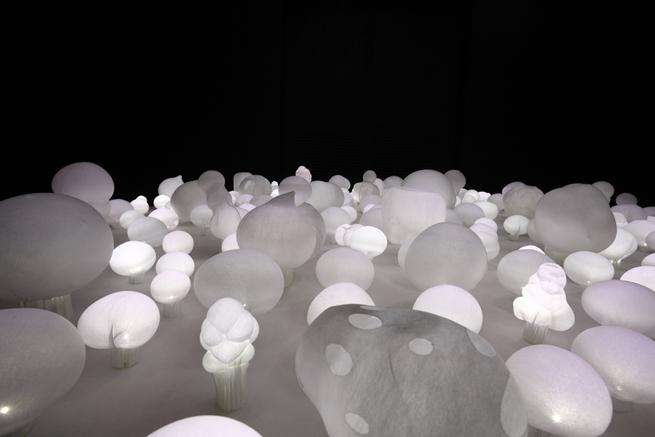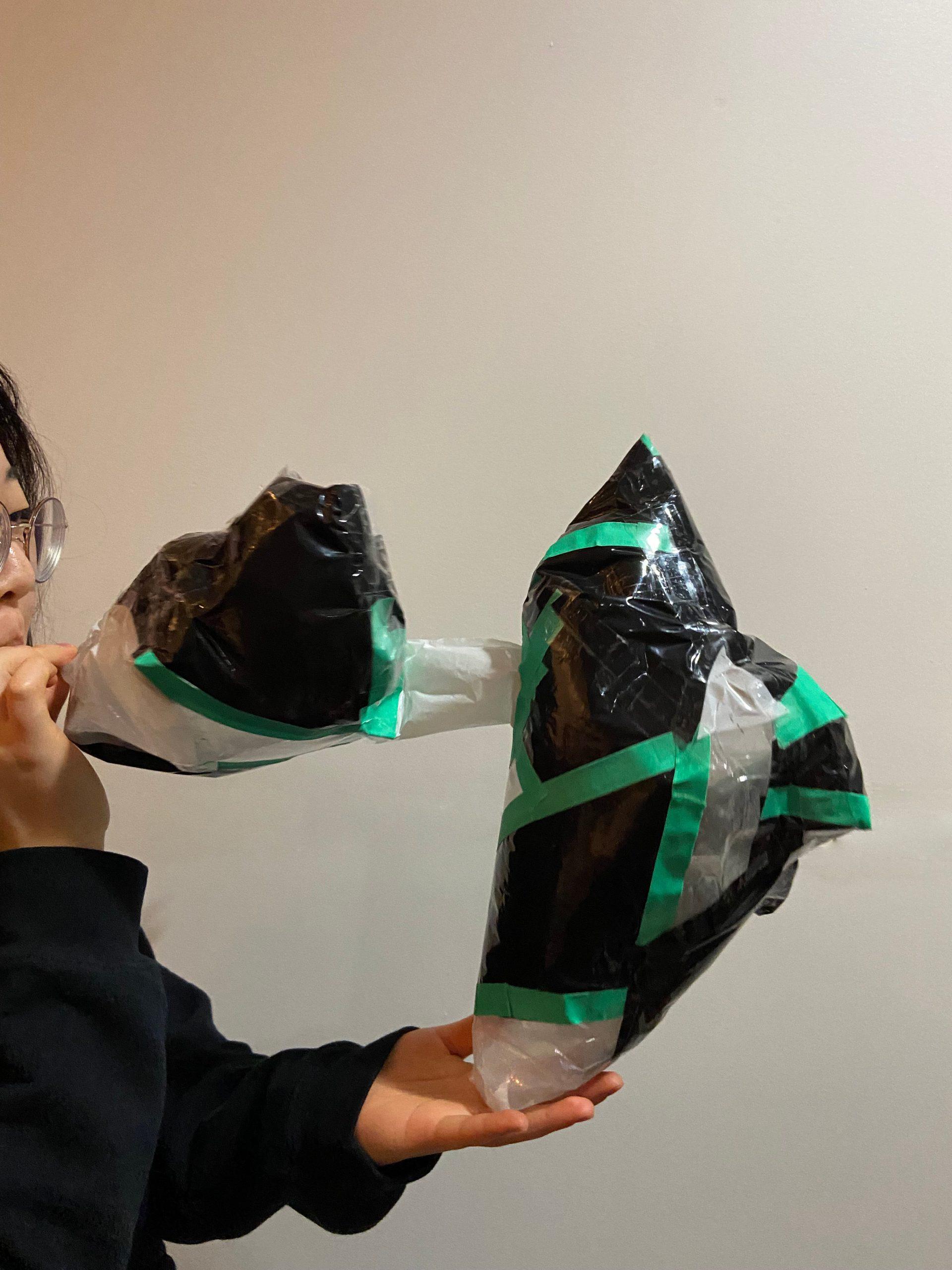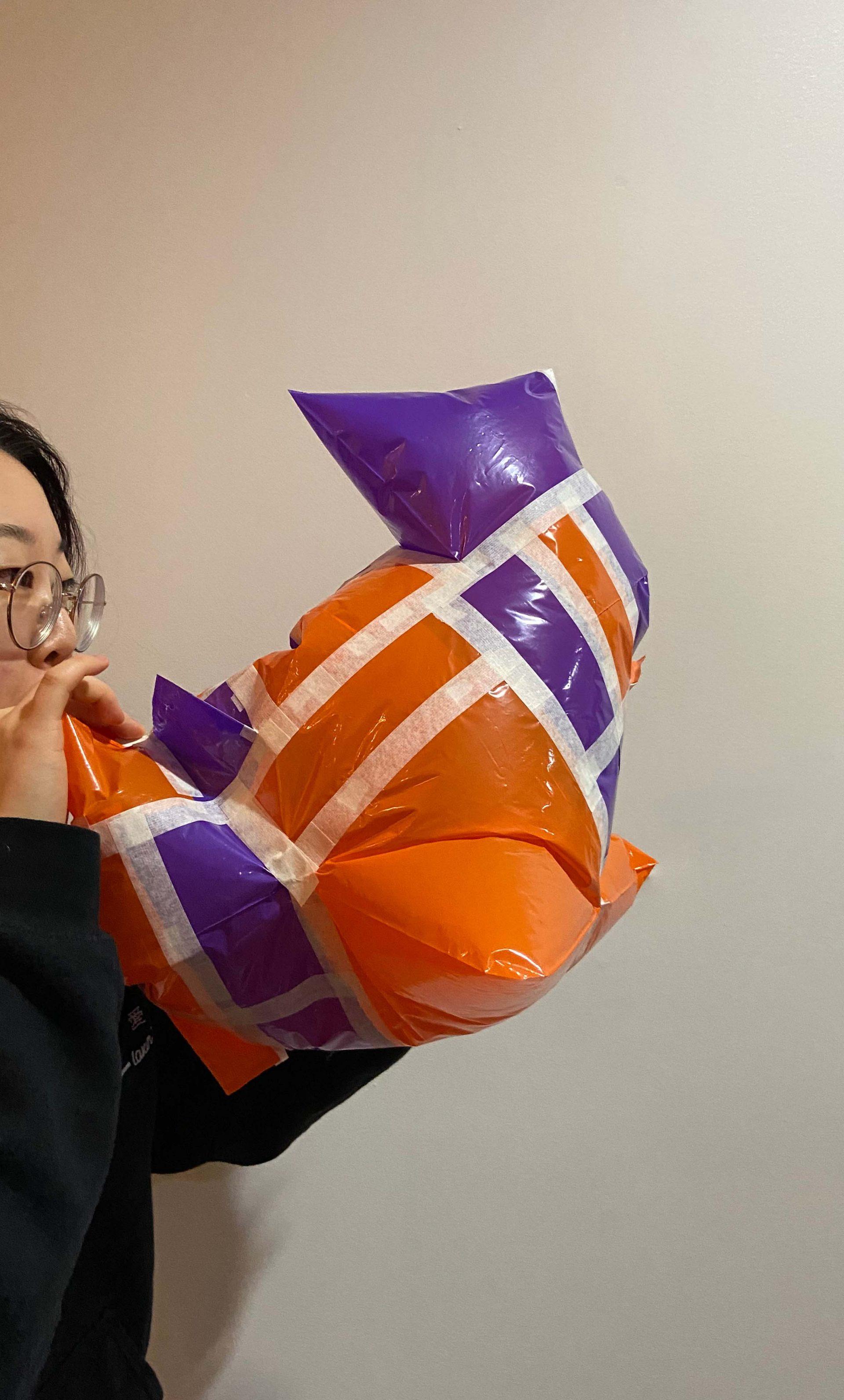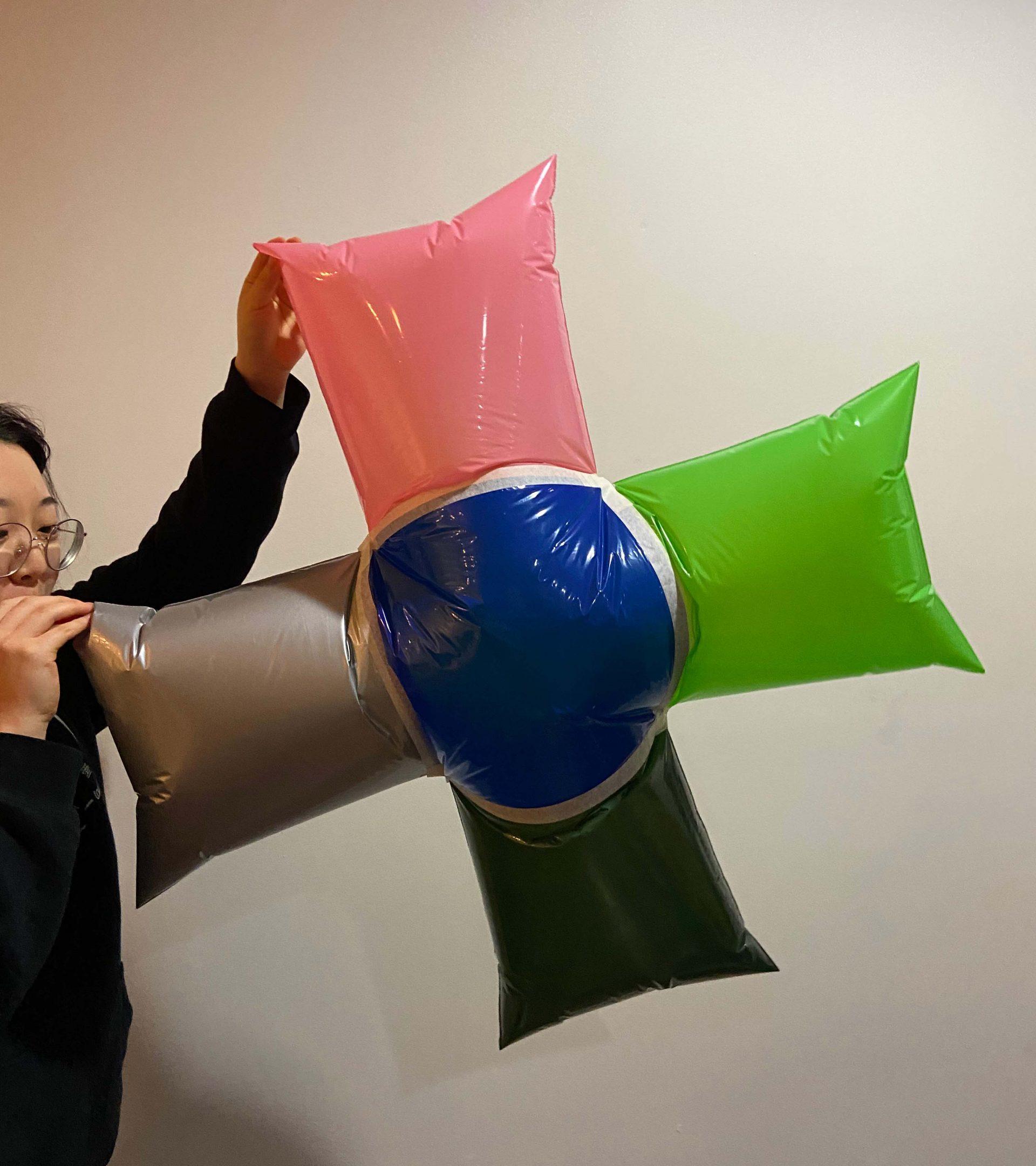For the final project, we will be creating a dreamy dome-shaped inflatable where people can enter through a tunnel. We want to make a space where people can explore freely on their own. There will be randomly placed curtains within the dome in different colors and designs. We plan to have two domes connected to the tunnel, with one representing the confusion from a dream and one for people to leave their messages if they can reach that dome after the dream dome. Since dreams tend to be chaotic and can have many twists and turns, we think the curtains can replicate that experience by creating unique “paths” that people can walk through. Everyone will have a different experience inside the inflatable because they will choose random curtains to walk through. We anticipate that we can utilize different lighting effects and animations to create different kinds of illusions and dreamy/eerie atmospheres for the audience, which we will definitely discuss with the animators!
link to our Google Drive Folder with all of our documents, files, images, etc.
Materials
- We will need a lot of ripstop nylon for our project, enough to make two large spherical shapes. One of the two shapes needs to be big enough to allow 7 people to be comfortably spaced out while standing in the space. The other shape needs to be big enough for at least 2 people to stand in the shape.
- Velcro – 5 feet long
- Light sheer-ish fabric- 10 strips of 7 feet by 1.5 feet long
- Random pieces of different fabric – 5 ft by 5 ft total material
- 3 sharpies
- 3 powerful fans
Challenges
One of the most challenging parts of the project is making the two sphere-like shapes and having them be stable throughout the performance. This is because we want to make it double-walled while keeping it a sphere-like shape and having a large entrance area. We want people to enter this space feeling slightly confused. We want them to “get lost” in the space and explore it themselves. There will also be cloth draping from the top of the inflatable to the floor. This adds to the difficulty because we don’t want people to trip over the cloth or knock over the items that will be holding down the inflatable. To address this, we will strategically place the bean bags so that even if a couple of them get moved around, the shape will not move. We also talked about having strips of cloth at different parts of the inflatable and taping it or tying it to the floor/wall. That way, when the bean bags get moved, there are other things holding the inflatable in place. Another possibility for the weights placement could be that they are placed inside the double-walled structure itself. That way, they would be hidden and out of the way of visitors, further enhancing the aesthetic of the structure and space that makes it look dreamlike and ethereal.
Revisions to Original Proposal
We received a lot of thought-provoking feedback from our peers and Olivia in class. One of the biggest takeaways was the idea of adding an exit to our original inflatable design. This would be to make the space created by the inflatable feel less claustrophobic and be safer, while also providing a better flow for visitors going through our inflatable.
The inflatable’s dimensions were something else that we have to consider more in terms of the proportions of the entrance/exit in relation to the rest of the dome-like structures of the main inflatable body. We currently estimate it to be around a 12 x 15 ft footprint and possibly 12 ft tall, though we will definitely confirm this in person by measuring out these actual dimensions.
We also were given some feedback on the “reflection room.” We are considering placing some transparent fabric cutouts to parts of the wall of this dome to create “windows” and let some external light in, or possibly have projections projected through the window and into the inflatable. Olivia also mentioned using Mylar, or some other reflective fabric, to mimic mirrors so visitors can see their own reflections. We are still considering exploring this material and see how well it could fit with our vision and how well we’d be able to make use of it.
Lastly, we also received feedback for the “dream/confusion room” to make it more confusing to navigate: the inner walls of the structure could be of a similar design to the dazzle ships from WWI, and maybe even include some portruding structures to serve as “obstacles” to visitors’ paths.


